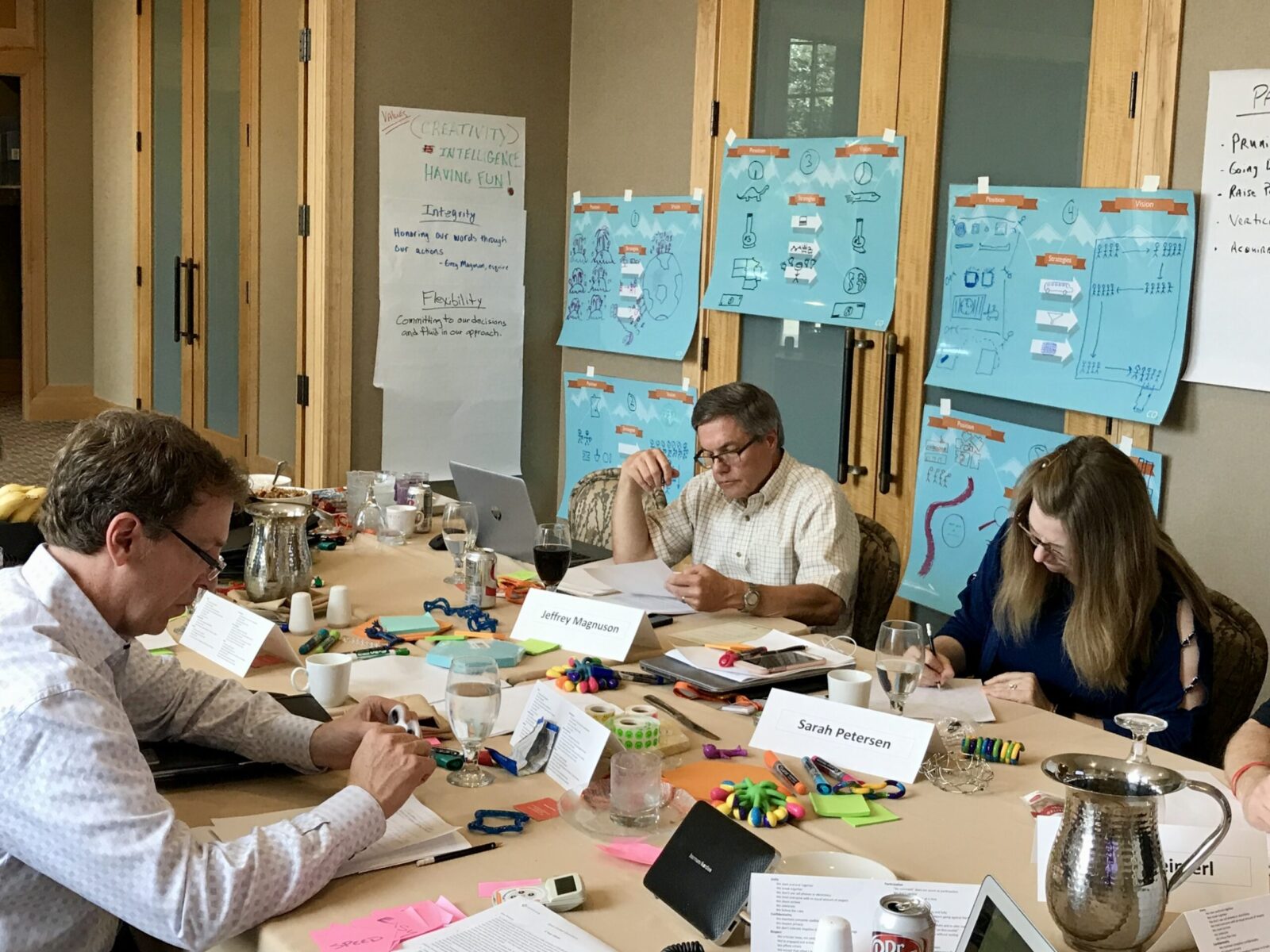CO2 Coaching know the territory
CO2 Executive Coaches have deep experience operating in business. This means our theories are grounded in practice. Move farther and faster to your next summit.
CO2 Coaching Framework
Discovery
During a one-on-one call, we’ll cut to the core of your future vision and any challenges standing in the way of your ascent.
CO2 Coaching consultations
You’ll have the opportunity to interview several of our coaches to identify the coach whose expertise most aligns with your vision.
Proposal
We’ll deliver a custom proposal for your review, detailing your personalized CO2 coaching plan.
Getting to work
You’ll meet with your CO2 coach for two 90-minute sessions per month. If you need to check in along the way, we’re always an email or phone call away.
Assessing progress
Periodic surveys and assessments help our coaches better understand you, your team, and your organization.
Reaching your next peak
Your coach will be the first to celebrate with you when you reach the summit, and help you define your next peak together.
CO2 Coaching Services

Executive coaching
Grow Yourself, Empower Teams, Reach the Next Peak
For each step of the climb, CO2 Coaching Coaches act as sherpas — listening, asking, pointing the way to better routes. CO2 coaches were business leaders first. So, we understand your challenges, see hidden problems and uncover opportunities.

Strategy to Action™ planning
Create a One-Page Roadmap to Success. CO2 Coaching’s proven approach includes stakeholder input and organizational collaboration. This process transforms values and vision into achievable objectives. Your organization will move from uncertainty to action with a one-page plan – your roadmap to success.

Team coaching
Transform Team Potential into Peak Performance
Our Team Leader View™ and Team Diagnostic™ tools provide actionable insights for tailored coaching to increase your team’s engagement and performance. This holistic approach is backed by years of data from thousands of teams. Team Coaching ensures that every team member achieves peak alignment, cohesion, collaboration, improvement and results.

Ascent leadership training
Elevate Cohorts of High-Potential Leaders This is a hands-on, year-long experience where high potential leaders deliver results to the organization. Action learning develops leadership skills in high potentials while establishing a strong bench of senior leaders. This is deep learning by doing that can pay for itself.
We’re with you every step of the climb
Our Guiding Principles
- Start with what you have, from where you are.
- Provide questions instead of answers.
- Focus on changing beliefs, not behaviors.
- Success is never a solo act.
FAQs
What are the benefits of working with an executive coach?
Executive coaching can be a transformative experience that enhances your capacity to lead and accelerates both your career and your business growth. Coaches deepen self-awareness by identifying strengths and weaknesses, enabling you to make more informed decisions and improve your leadership skills; and serve as a sounding board, offering valuable insights and perspective to foster greater confidence and resilience in navigating complex business environments.
How do I find a good executive coach?
First, consider your coaching objectives. Then, seek out recommendations from trusted sources and interview potential coaches to assess their qualifications and compatibility with your needs. Look for coaches with relevant experience and certifications, and check their references to ensure a track record of helping clients achieve their goals. Ultimately, choose a coach who aligns with your goals, values, and coaching style preferences for a successful partnership.
How can an executive coach help?
An executive coach becomes as trusted partner, guiding leaders to unlock their potential and become more effective, confident, and successful in their roles. Coaches do this by helping leaders improve their leadership skills, such as effective communication, decision-making, and conflict resolution. And, they provide valuable feedback and support in setting and achieving career goals, managing stress, and navigating challenges.
Is an executive coach worth it?
Yes! Executive coaches can provide a profound sense of support, empowerment, guidance, and encouragement that can boost a leader’s confidence, reduce feelings of isolation, and offer a reassuring presence in the often lonely world of leadership. CO2 Coaches do more than help leaders achieve their goals, they’re an invaluable sounding board helping them navigate stress, uncertainty, and setbacks with resilience.
Can coaching be done remotely?
Absolutely. Our coaches work with you just as effectively remotely as they would in person, so that your coaching schedule always fits into the rest of your schedule.
What kind of support is provided outside of my coaching sessions?
CO2 Coaching offers online training that aligns with your in-person sessions, so you can log into our portal and dig deeper whenever you have the time.
